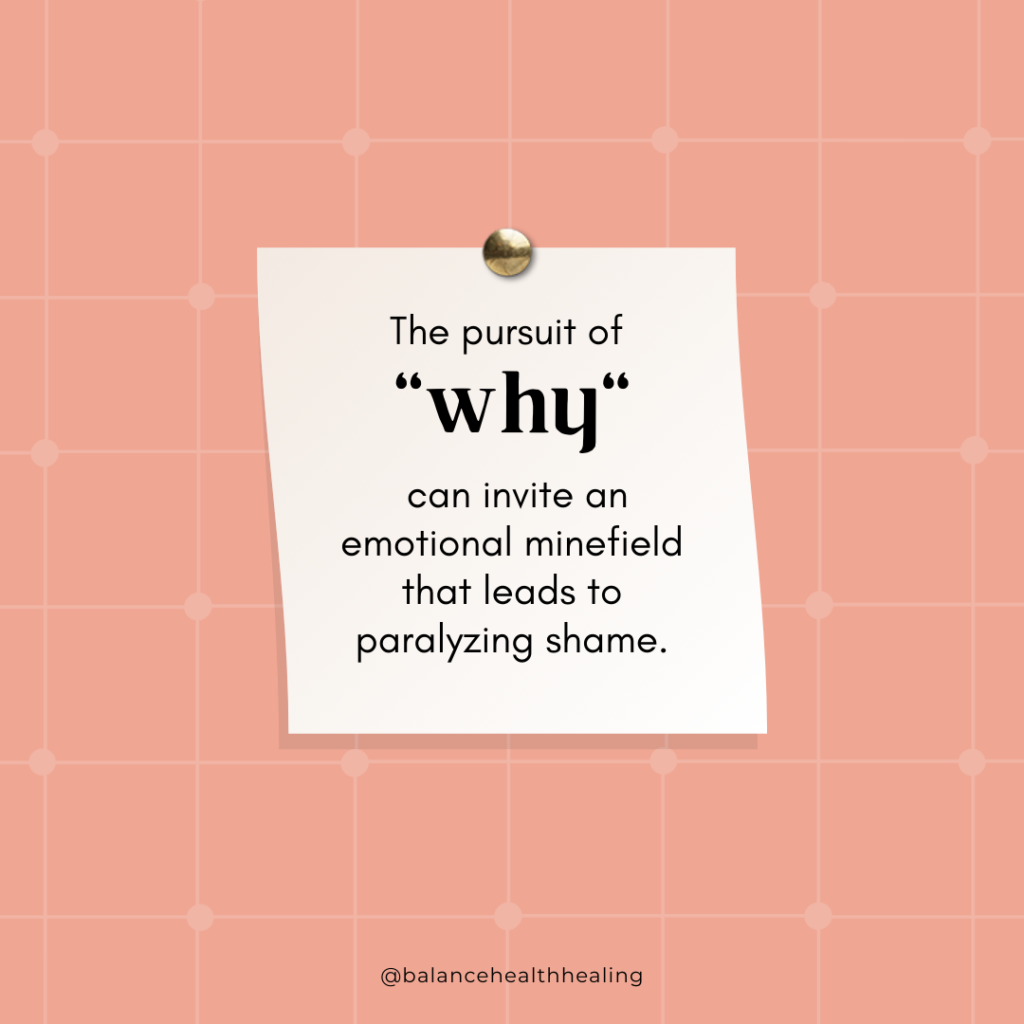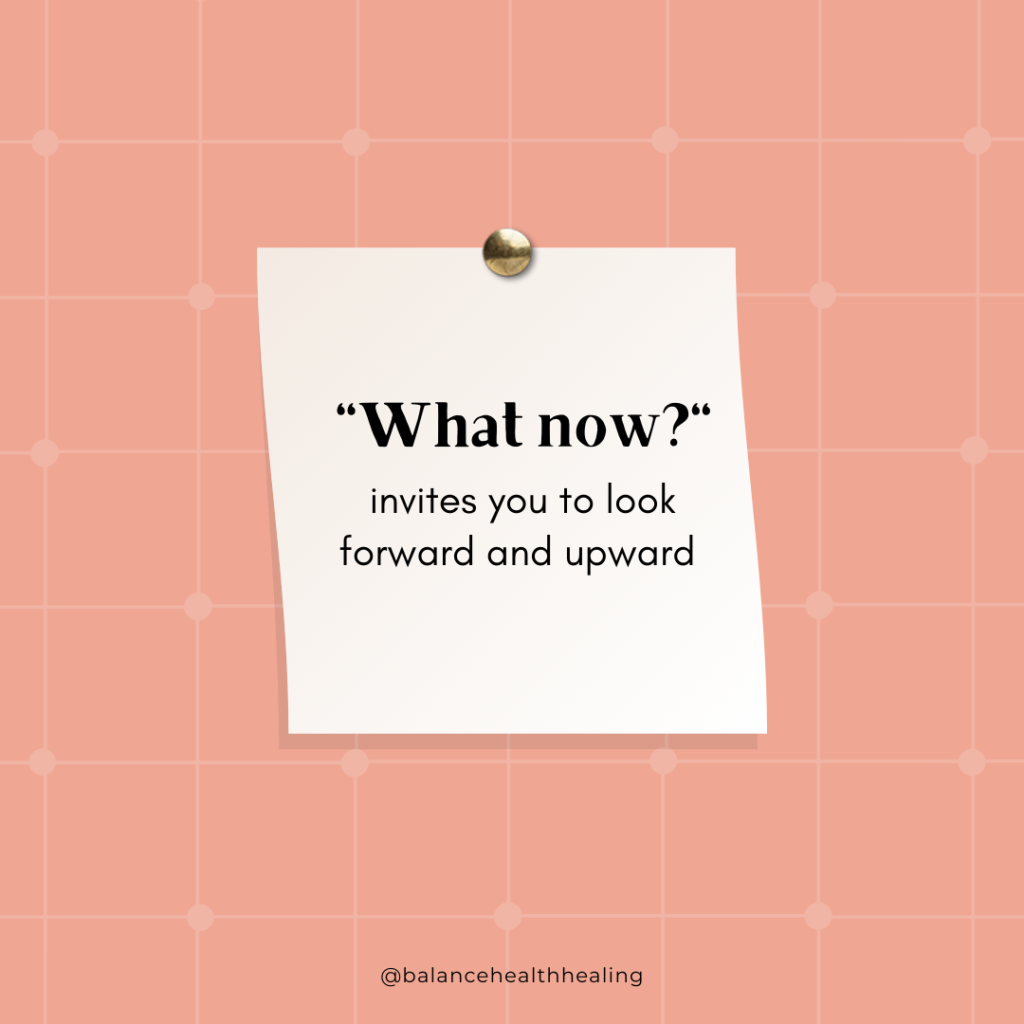We will call her “Kelsie.” I had the honor of working with Kelsie for several years as she worked toward recovery from a severe eating disorder. Kelsie had large, doe brown eyes, a beautiful smile, and a sharp mind. Her mind was so sharp and intellectual that anytime I’d ask her about her feelings, she’d inevitably respond with, “I think…”
 When I met Kelsie a decade ago, she had been struggling with her eating disorder for more than half her life. She had very active, severe eating disorder behaviors and was simultaneously very high functioning. She was in a very competitive undergraduate program and by all outward appearances, was thriving. (Her profile is not unique to those struggling with eating disorders).
When I met Kelsie a decade ago, she had been struggling with her eating disorder for more than half her life. She had very active, severe eating disorder behaviors and was simultaneously very high functioning. She was in a very competitive undergraduate program and by all outward appearances, was thriving. (Her profile is not unique to those struggling with eating disorders).
Kelsie was well-acquainted with inpatient settings. She even described repeated inpatient stays as welcome respites from her intense life and struggle to function with daily demands. It was a recurring pattern for her to discharge from inpatient and begin a slow, then fast march back into severe eating disorder behaviors. I watched her, repeatedly, decompensate. With each inpatient-outpatient cycle, Kelsie felt more hopeless and more entrenched in dark, suffocating shame.
For a long time, Kelsie kept ruminating on “Why” she had an eating disorder. She strongly hoped that if she could just understand why this was her experience, then somehow this would release her shame and help her take the right steps to overcome her struggle. While this absolutely feels like worthwhile insight to pursue and understand, it kept Kelsie stuck. Based on her own reflection of her life, family history, and trials, there was nothing that seemed to “justify” the degree to which she suffered.
She felt selfish and self-indulgent.
Her shame only continued to spiral as she compared herself to friends she met through her treatment journey. Their eating disorders were all “valid,” while hers was not.
This shame cycle only perpetuated her need to understand the elusive “why” and she perseverated on this question with an OCD-like intensity for years. Kelsie never found a satisfactory answer and eventually our paths diverged. Several years passed.
When I saw Kelsie again, she had completely transformed. There was a lightness in her countenance that I had never witnessed. There was new and beautiful self-compassion, where once there was only shame.
in her countenance that I had never witnessed. There was new and beautiful self-compassion, where once there was only shame.
She recounted a journey of intense humility and bravery as she submitted herself to the full treatment process and more. As a result of her willingness and dedication, Kelsie was finally, truly, living her life in meaningful and fulfilling ways. As I talked with her, I found she had relinquished her obsessive need to know “why” and had instead decided to focus on the “What now?” and “How?” that were in front of her.
While releasing “why?” was certainly not the only thing that gave Kelsie the momentum she really needed, it felt pivotal. Even transformational.
I think of Kelsie’s powerful journey and how there is a lesson in it for each of us.
It is so easy, and even tempting, to try to understand “why” we go through the things we do in this life. We are drawn to understanding and meaning. And confusion is an aversive experience. Perhaps we may have even found that if there is an identified “why” there can be some peace in that knowledge.
However, from personal experience, I find “whys” are extremely hard to come by. And sometimes the “whys” are deeply unsatisfying. The pursuit of “why,” like with Kelsie, can invite an emotional minefield that leads to paralyzing shame.
Even if you are lucky enough to find a satisfying why, does it truly help you take the next steps forward? When I think about the pursuit of “why?” I think about a deep look inside as well as in the past. Understanding yourself is valuable and can be helpful in knowing your strengths and vulnerabilities. However, one of the first things I learned in graduate school is that “insight is never enough; action is required.”
So, a more powerful question, especially in the recovery journey, is “What now?”
“What now?” invites you to look forward and upward. It invites you to action, growth and progress.
“What now?” is also easier to answer. All the clients I work with, when engaged in honest introspection, know what behaviors they can improve, and they know what fears they need to confront. It’s not easy, but this question illuminates a path forward.
A new year is here. My New Year wish is that each of us can release what no longer serves us and look forward, asking ourselves, “What now?” as we move into another cycle around the sun. While “What now?” can be scary, I hope it also excites you with the possibilities that await you.

